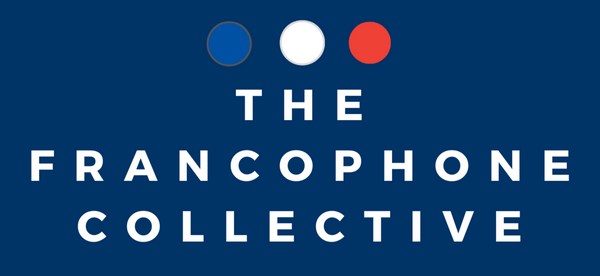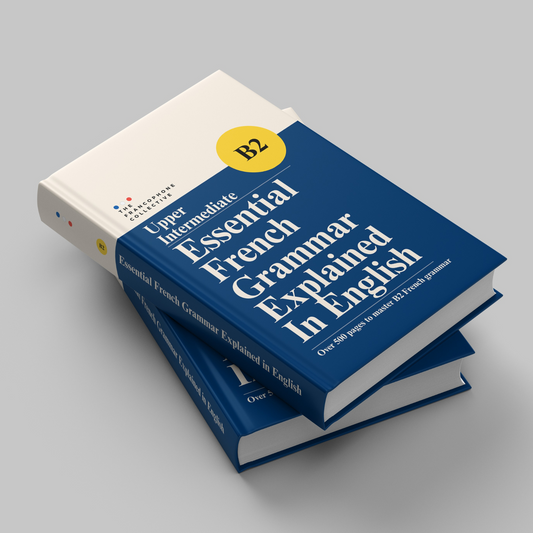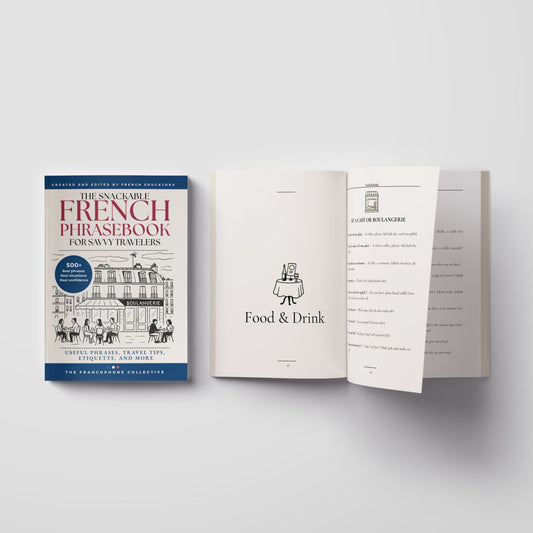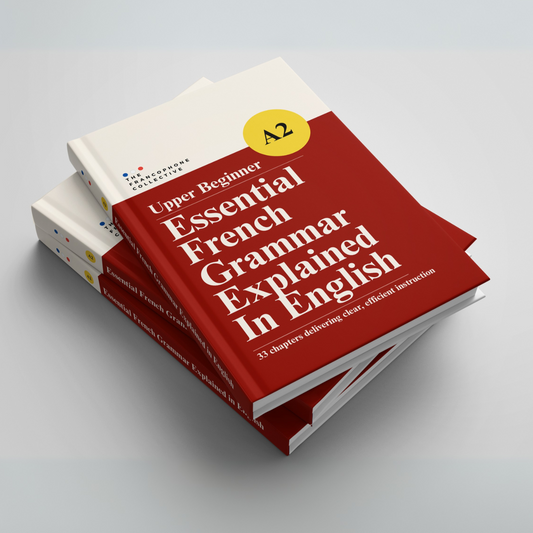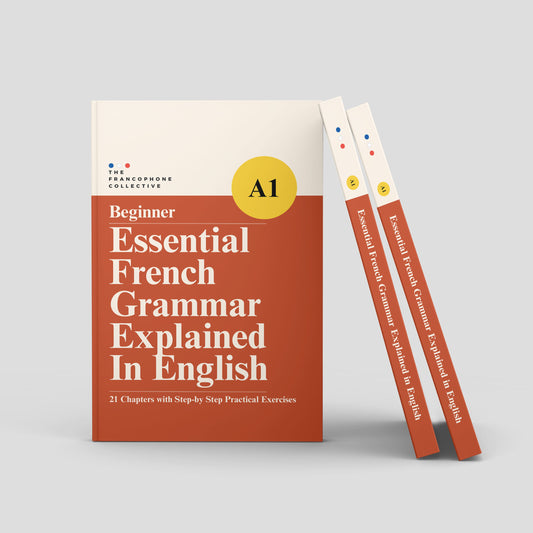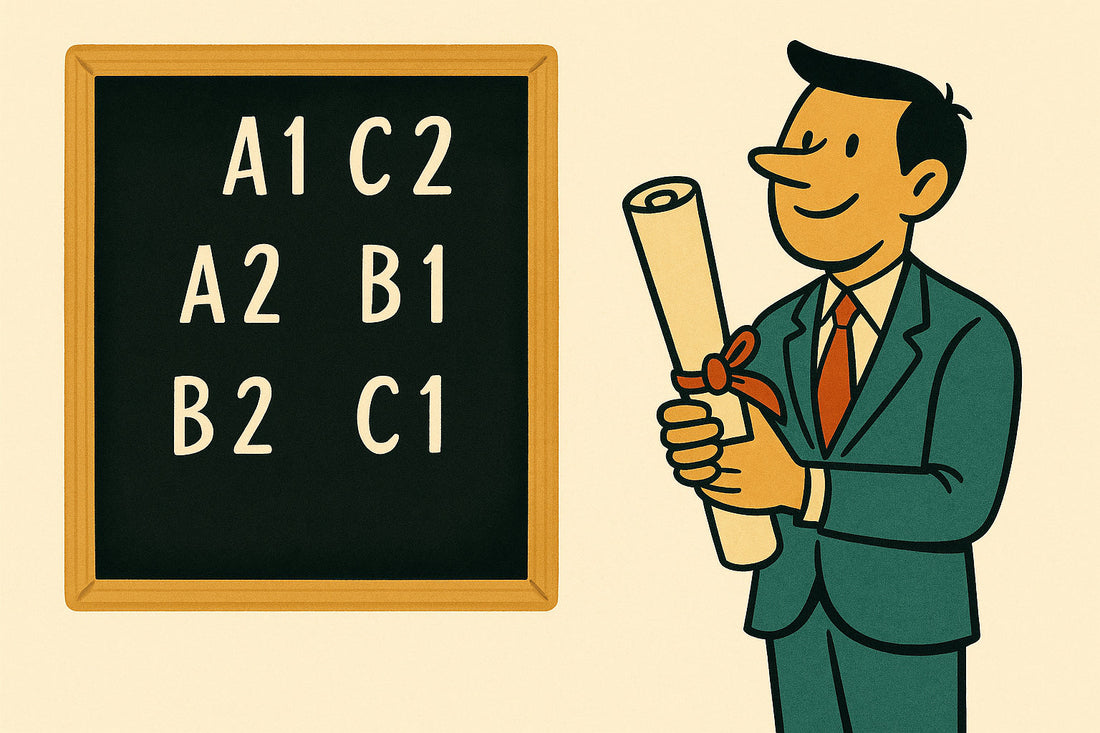
CEFR French Levels Explained: What does A1, A2, B1, B2, C1 and C2 Really Mean
If you've ever searched for French or any language learning resources, you've likely come across labels like A1, B2, or C1. These letters and numbers belong to the CEFR, or Common European Framework of Reference for Languages—an international system used to describe language proficiency in a clear, standardised way. Whether you're picking up a travel phrasebook or preparing for university-level French, knowing where you stand on the CEFR scale helps you choose the right materials and set realistic goals.
Here's what each level actually means—no jargon, just the essentials.
A1: Beginner – Survival Mode
This is where it all begins. At the A1 level, you're learning how to introduce yourself, order a coffee, ask for directions, and understand basic questions about where you live or what you like.
At this level, you can use simple phrases and sentences, recognise familiar words and very basic expressions, and interact in a slow, clear conversation—provided the other person speaks patiently and clearly.
Real-life example: You're in Paris and can say, "Je voudrais un croissant, s'il vous plaît" ("I would like a croissant, please"), but you might freeze if the waiter asks a follow-up question too quickly.
Who it's for: First-time learners, tourists, or those returning to a language after a long break.
A2: Elementary – Everyday Essentials
At A2, you're building on the foundation laid at the beginner level. You're now able to handle short, routine conversations and begin to understand common expressions related to shopping, work, and everyday life. Situations that once felt overwhelming—like asking for help in a store or checking into a hotel—start to feel more manageable.
You can understand simple instructions and announcements, talk about your background, family, likes, and dislikes, and write short messages such as emails or texts. You're also able to fill out basic forms with personal information, making this level ideal for learners aiming to navigate day-to-day life in a French-speaking setting.
Real-life example: You can ask someone what time the train leaves and understand their response—provided it's said slowly and clearly.
Who it's for: Learners ready to move beyond basics and start functioning in everyday situations.
B1: Intermediate – Independent User
The B1 level is often called the threshold stage—this is where you begin to navigate the world with growing confidence, even if you still make occasional mistakes. Conversations become more fluid, and you're able to engage more meaningfully in social, academic, or professional settings.
At this stage, you can deal with most situations that arise while travelling, describe experiences, dreams, and ambitions, and write connected texts on familiar topics. Whether recounting a holiday, talking about future plans, or composing a short essay, your language use becomes more purposeful and independent.
Real-life example: You can hold a casual conversation with a French friend about your weekend, or explain what kind of job you're looking for.
Who it's for: Learners aiming for autonomy—perhaps moving abroad, working in a French-speaking environment, or preparing for exams like DELF B1.
B2: Upper Intermediate – Fluent and Functional
At B2, you're solid. You may not sound like a native speaker, but you can express yourself with clarity and ease across a broad range of subjects—including abstract ideas and technical topics. This level marks a turning point where you no longer rely on memorised phrases but instead construct thoughts fluidly and spontaneously.
You can understand complex texts and grasp main ideas in academic or professional settings, participate actively in discussions, and defend your opinions with supporting arguments. You're also capable of writing detailed essays, structured emails, or professional reports—making this a strong foundation for study or work in a French-speaking environment.
Real-life example: You can attend a university lecture in French and take notes, or discuss current events with friends without relying on a dictionary.
Who it's for: Students, professionals, or advanced learners looking to integrate into French-speaking academic or professional life.
C1 & C2: Advanced and Near-Native
Though many learners stop at B2, C1 and C2 represent the highest levels of proficiency. At these advanced stages, language use becomes almost second nature. You're no longer translating in your head—you're thinking in French, responding with nuance, and adapting your tone and register to suit different contexts.
C1 users can understand long, complex texts and express themselves fluently without hesitating or searching for words. At C2, the highest level, learners can grasp subtle shades of meaning and communicate effortlessly in virtually any situation, from academic debate to literary critique. These levels are typically required for roles in academia, high-level professional work, or translation and interpretation. Reaching them takes years of consistent exposure, practice, and immersion.
Why CEFR Levels Matter
The CEFR framework may sound academic but it's also deeply practical. It gives learners a clear sense of where they are, what they need, and how to get to the next stage. By breaking language proficiency into defined levels, it becomes easier to set goals that feel realistic and motivating.
It also helps you choose the right books, courses, and exams for your level, so you're not wasting time on material that's too easy or too advanced. Most importantly, it offers a way to track your progress over time—letting you see just how far you've come on your language learning journey.
At The Francophone Collective, we design our materials—grammar guides, short stories, phrasebooks, and more—to match specific CEFR levels. Whether you're starting from zero or refining your French for professional use, knowing your CEFR level helps you find the exact tools you need.
1. A1–A2: Foundational. You can survive and interact in basic situations.
2. B1–B2: Functional. You can express yourself and hold conversations on most topics.
3. C1–C2: Fluent. You understand nuance and communicate effortlessly.
Understanding CEFR levels empowers you to learn French on your terms—at your pace, for your goals.
